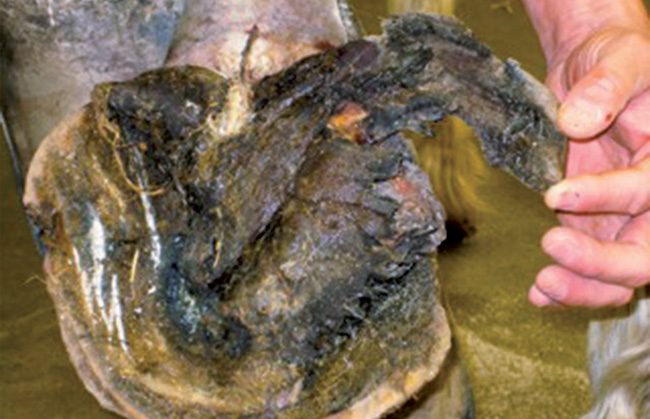American Farriers Journal
American Farriers Journal is the “hands-on” magazine for professional farriers, equine veterinarians and horse care product and service buyers.

An infectious disease is one caused by an outside pathogen such as a bacteria, virus, parasite or fungus. Infectious diseases may or may not be contagious from horse to horse. Elsewhere in the body, infectious diseases are often the result of infection by one organism from a specific source. Examples include neurologic disease due to West Nile virus infection from the bite of a carrier mosquito or strangles caused by Streptococcus equi transmitted from a sick horse. However, the three major infectious diseases of the hoof capsule behave somewhat differently.
Thrush, canker and white line disease all appear to be caused by more than one organism. The organisms that have been isolated from each of these conditions are a mixed bunch and are generally widespread in the environment. So if the organisms are so common, why are some horses badly affected while others remain untouched? In most cases, infections of the hoof capsule appear to be “opportunistic,” meaning that some other condition — in the hoof or in the environment — has rendered the hoof vulnerable to invasion…